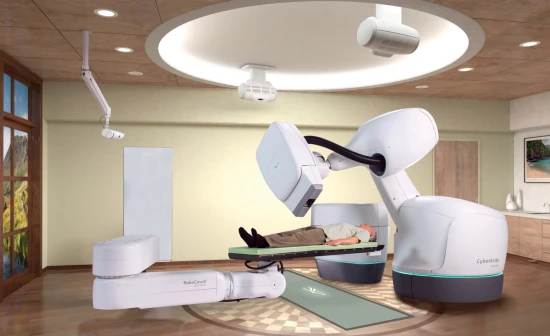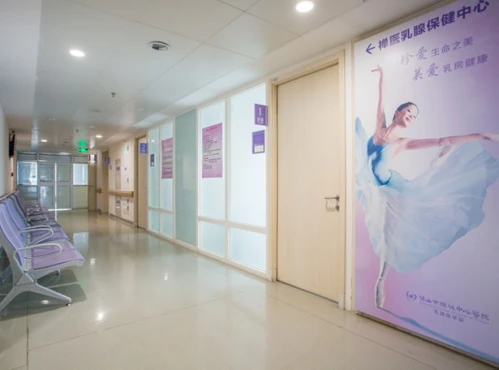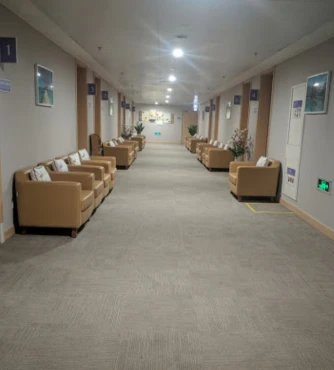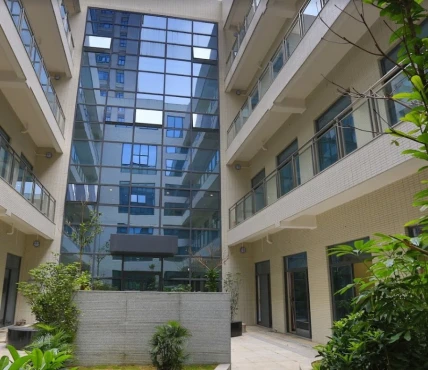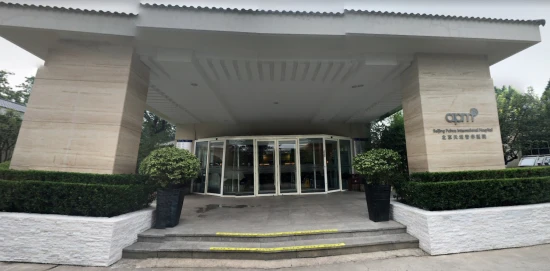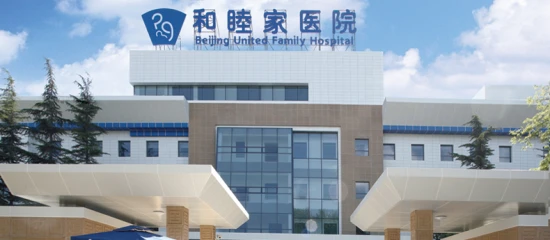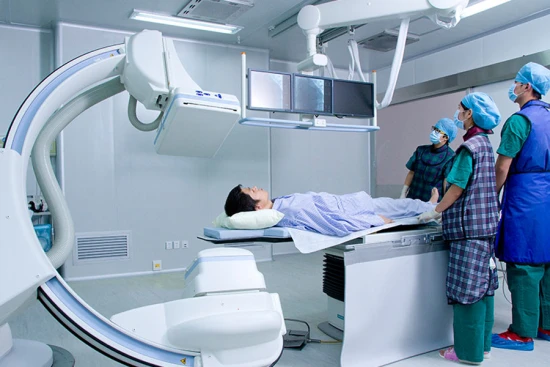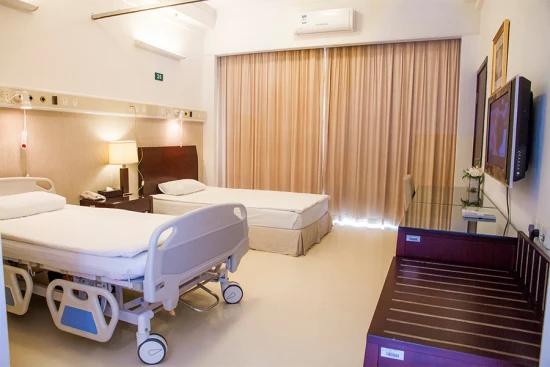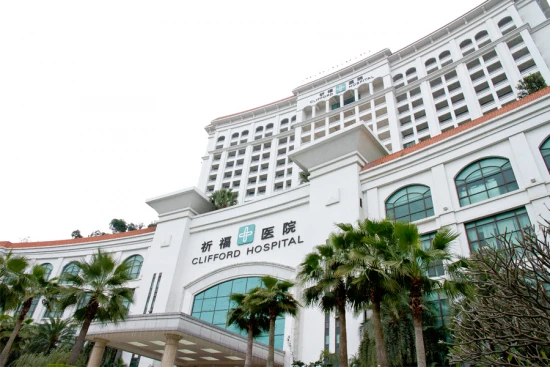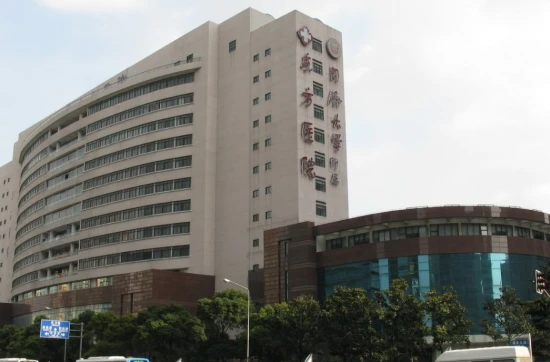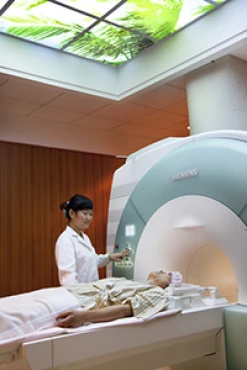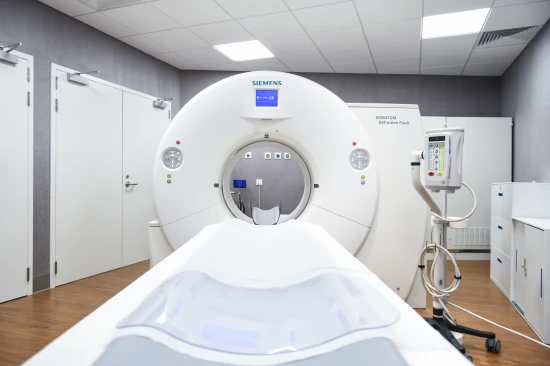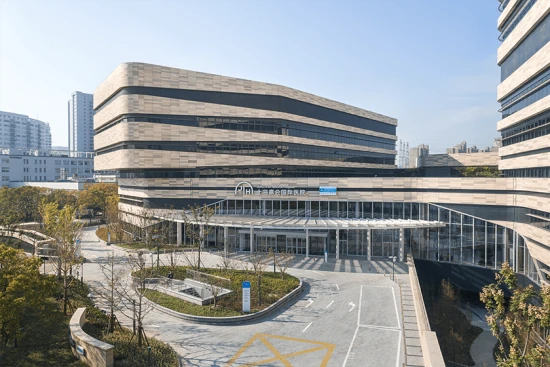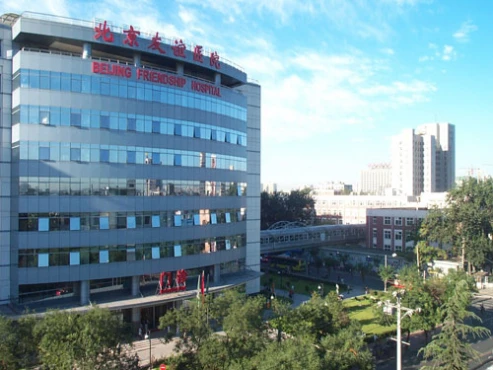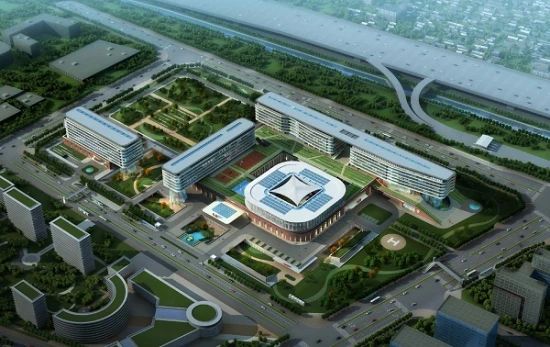Epilepsy treatment in 4 Neurosurgery and Oncology clinics in China
4 clinics specializing in Neurosurgery and Oncology providing treatment of
Epilepsy
Epilepsy is a neurological disorder characterized by recurrent and unpredictable seizures. It can cause disruptions in daily life, but with proper treatment, many people can manage and control their seizures effectively.
Read more...
disease in China.
Sorted by:
Relevance
Rating
Relevance
Prices for popular procedures:

Foshan, China
Specializations: Cardiac surgery, Vascular surgery, Thoracic surgery, Neurosurgery, Spine surgery, Orthopedic surgery, Oncology
Foshan Fosun Chancheng Hospital (formerly Foshan Chancheng Central Hospital, referred to as "Foshan Chan Doctor"), established in 1958, is located in the center of the
read more
Prices for popular procedures:

Wuhu, China
Specializations: Cardiac surgery, Vascular surgery, Thoracic surgery, Neurosurgery, Spine surgery, Orthopedic surgery, Oncology
Wuhu conch hospital is a large-scale comprehensive non-profit hospital invested by Anhui Conch Venture Capital Co., Ltd. In order to promote the development of social
read more
Prices for popular procedures:
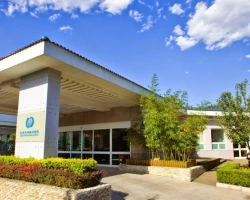
Beijing, China
Specializations: Cardiac surgery, Thoracic surgery, Neurosurgery, Spine surgery, Orthopedic surgery, Oncology
Languages: English
Beijing Puhua International Hospital (BPIH) has been delivering international-standard healthcare from Beijing, China since 1995. Since that time, BPIH has kept its lead in Beijing,
read more
Prices for popular procedures:

Beijing, China
Specializations: Cardiac surgery, Vascular surgery, Thoracic surgery, Neurosurgery, Spine surgery, Orthopedic surgery, Oncology
Languages: Arabic, Danish, Dutch, English, French, German, Italian, Japanese, Korean, Polish, Portuguese, Russian, Thai, Spanish; Castilian, Chinese, Persian
United Family Healthcare is a pioneering, international-standard health system providing comprehensive, integrated healthcare in a uniquely warm, caring, patient service-oriented environment.
read more
6 nearby similar clinics in China
Perhaps you should consider 6 more clinics we have found nearby basing on your Location, Disease filters applied.
Prices for popular procedures:

Guangzhou, China
Specializations: Cardiac surgery, Vascular surgery, Thoracic surgery, Neurosurgery, Spine surgery, Orthopedic surgery, Oncology
Languages: Arabic, English, French, Indonesian, Japanese, Korean, Russian
Founded in 2001, Clifford Hospital covers an area of 90,000 square meters, with a capacity of 650 licensed inpatient beds. The hospital serves 3000 outpatient
read more
Prices for popular procedures:

Shanghai, China
Specializations: Cardiac surgery, Vascular surgery, Thoracic surgery, Neurosurgery, Spine surgery, Orthopedic surgery, Oncology
Languages: English, German, Japanese, Chinese
Shanghai East International Medical Center (SEIMC) is a joint-venture general hospital in Shanghai’s Lujiazui Financial District. Established in 2004, SEIMC has been providing quality 24-hour
read more
Prices for popular procedures:

Beijing, China
Specializations: Cardiac surgery, Vascular surgery, Thoracic surgery, Neurosurgery, Spine surgery, Orthopedic surgery, Oncology
OASIS International Hospital is an international high-end general hospital, through the international JCI medical standards certification, to provide world-class evidence-based practice. Located in a 15,000m2
read more
Prices for popular procedures:
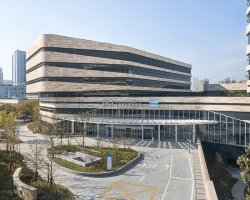
Shanghai, China
Specializations: Cardiac surgery, Vascular surgery, Thoracic surgery, Neurosurgery, Spine surgery, Orthopedic surgery, Oncology
Jiahui International Hospital is the first foreign-funded tertiary general hospital in China. Located in downtown Shanghai's Xuhui District, the hospital opened to the public in
read more
Prices for popular procedures:
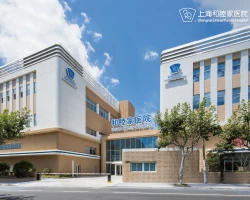
Shanghai, China
Specializations: Cardiac surgery, Vascular surgery, Thoracic surgery, Neurosurgery, Spine surgery, Orthopedic surgery, Oncology
Languages: Chinese, English
Shanghai United Family Hospital opened its doors on December 1, 2004, the hospital’s sole mission is to provide comprehensive, integrated healthcare services in a warm
read more
Prices for popular procedures:
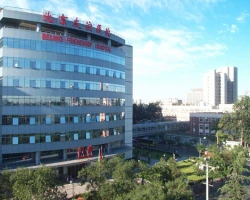
Beijing, China
Specializations: Cardiac surgery, Vascular surgery, Thoracic surgery, Neurosurgery, Spine surgery, Orthopedic surgery, Oncology
Languages: Chinese
Our hospital covers an area of over 94,000 square metres. The new building for outpatient and emergency treatment under construction has 52,000 square metres. After
read more
Clinics grouping by rating
Clinic with the highest rating of 4.8 — Foshan Chancheng Central Hospital in Foshan, China, clinic with the most reviews number of 29 — Beijing United Family Hospital (BJU) in Beijing, China.
With rating 4.0 and over — 2 clinics .
Countries with the highest number of clinics treating the diseases:
Epilepsy:
worldwide
441 clinics
Brazil
34 clinics
India
33 clinics
Mexico
25 clinics
Germany
24 clinics
Colombia
23 clinics
Related procedures:
Procedures are likely to be used for Epilepsy treatment:
Deep brain stimulation (DBS),
Gamma Knife,
and
Transcranial magnetic stimulation (TMS) - per course
.
